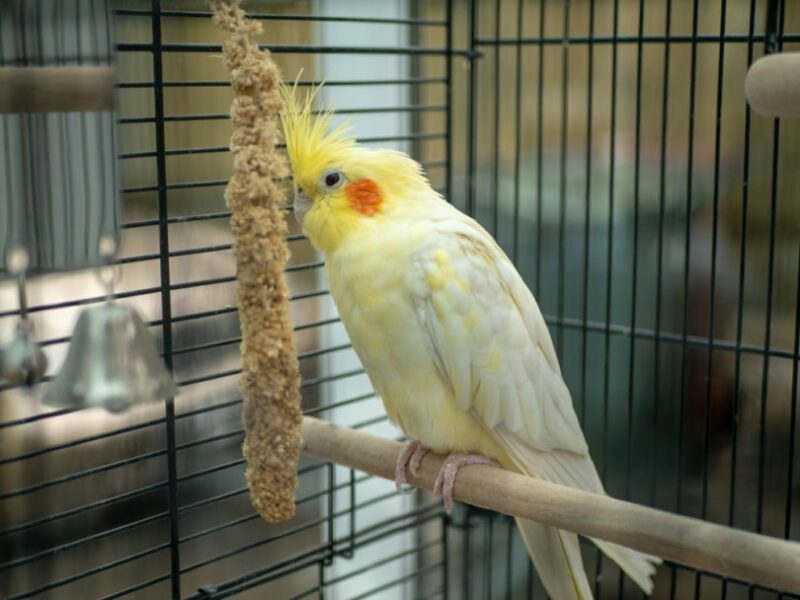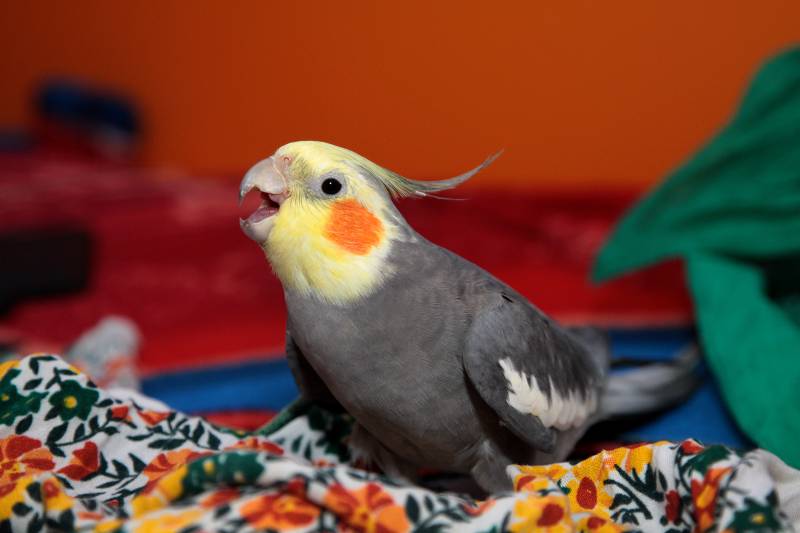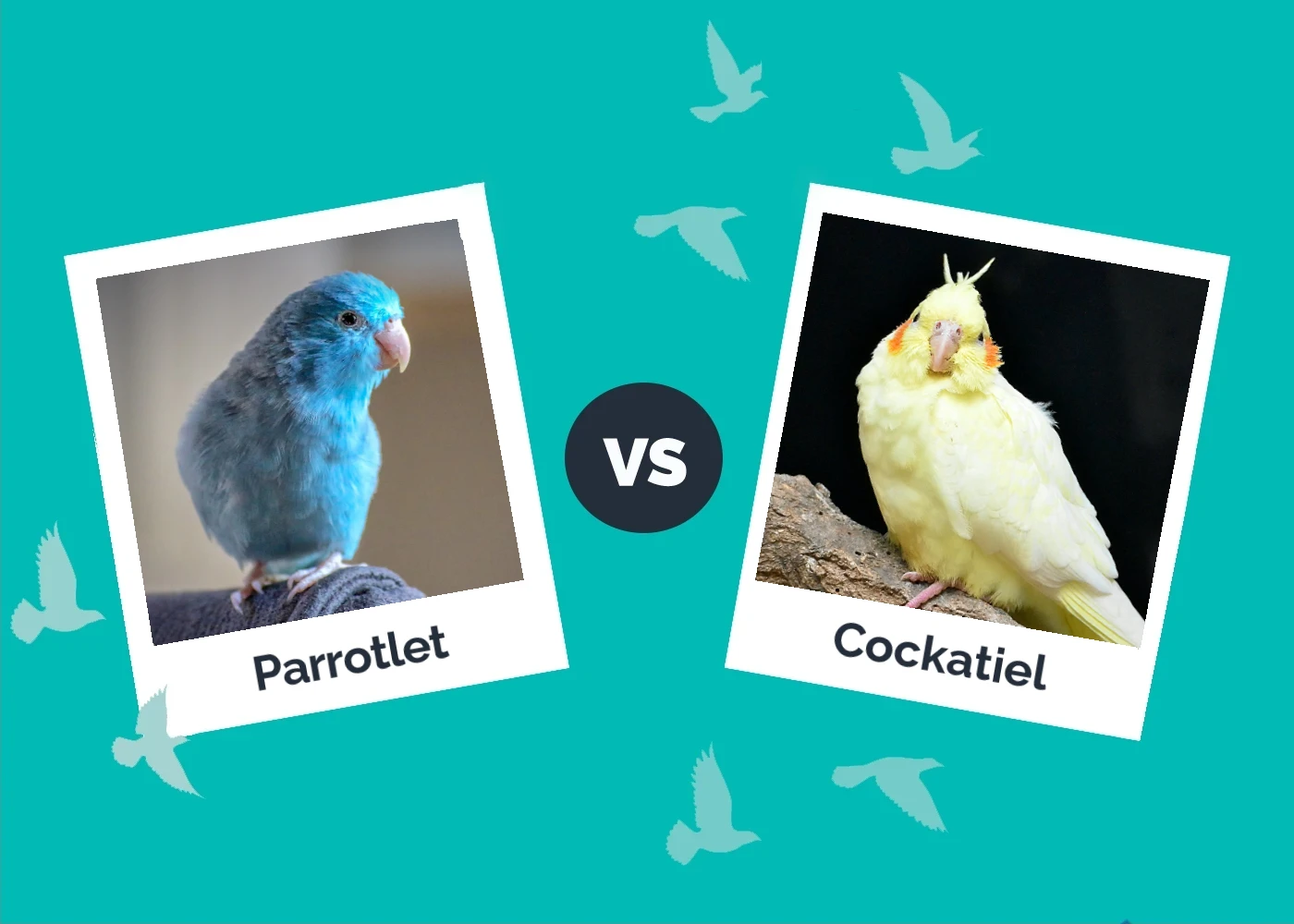Does a Pet Cockatiel Need a Companion? Facts & FAQs
Updated on
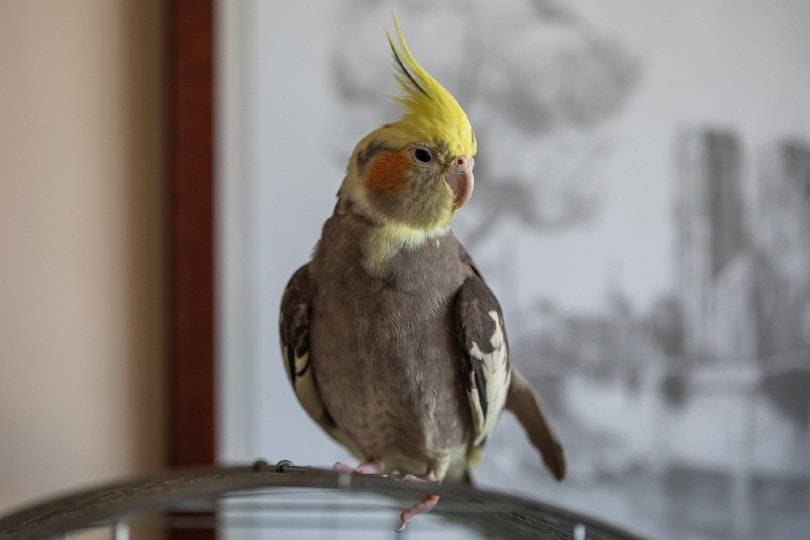
According to the American Pet Products Association (APPA),1 roughly 6.1 million American households have at least one bird. Only budgerigars or parakeets are more popular than cockatiels, accounting for over 25% of avian pets.2 It’s easy to see why people like having birds in their homes. They’re fun to have around and provide welcome companionship! You may wonder if it’s all right to have just one cockatiel. While you can have one cockatiel, these birds need social interaction, and getting your cockatiel a friend is a good idea.
The answer rests with the animal’s natural history, including its social structure and place in the food chain. These factors play critical roles in the cockatiel’s suitability as a pet and how it will thrive in captivity.
The Case for a Companion
Pet birds share one trait with all other companion animals: they need social interaction. That can come in the form of other birds in an aviary. You can also step up into that role with daily handling. It’s safe to say that your pet must have one or the other. Being alone in a cage day after day doesn’t even sound fun, let alone provide a healthy physical or mental environment.
Cockatiels make excellent pets because they are so docile. They’re not as loud as parrots, so even apartment dwellers can have one without fear of upsetting their neighbors. However, you should get your cockatiel a mate if you don’t have the time to devote an hour or two to interact with your pet. It’s worth noting that the two will be less interested in you and more in each other.
They also may not learn to talk, either. The latter is a moot point since cockatiels aren’t typically as talkative as other parrots. Nevertheless, it’s a valid consideration if you were hoping to teach your pet a few words. Birds often imitate others to fit in with their groups or pair bonds.
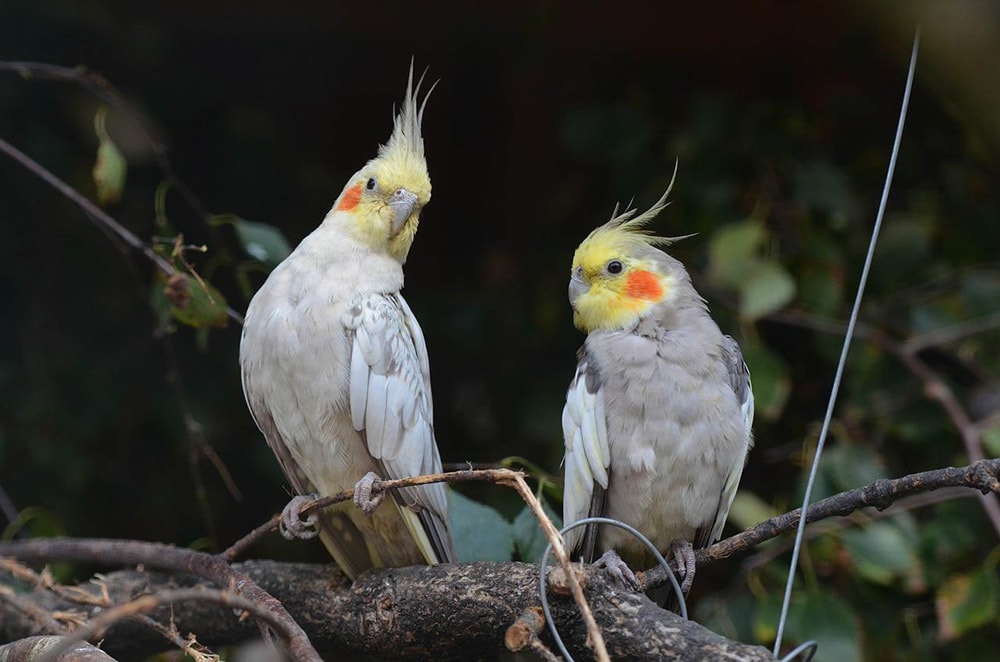
The Cockatiel in the Wild
The cockatiel is native to Australia, where it lives in the arid shrublands and forests. Isolated populations exist in Tasmania, Puerto Rico, and even California. Scottish ornithologist Robert Kerr named the olive-brown bird Psittacus hollandicus in reference to the then name for the country New Holland. Scientists described the Cockatiel as an amicable and social bird, existing in small and large flocks.
It’s essential to understand the importance of living in groups for birds like the cockatiel. It has virtually no defense against Australian raptors that prey on them. It is also a ground forager, making it easy for a predator to scoop one up. Therefore, congregating in flocks is an effective way to evade predation. Tens of hundreds of sets of eyes are always on the lookout for threats.
Cockatiels—or any prey species—won’t hesitate to raise the alarm with shrill whistles and calls if a predator approaches the group. Having avian companions is instinctive to these birds since flying away or biting an attacker will only go so far at saving its life if attacked. It’s safer to evade a threat than confront it.
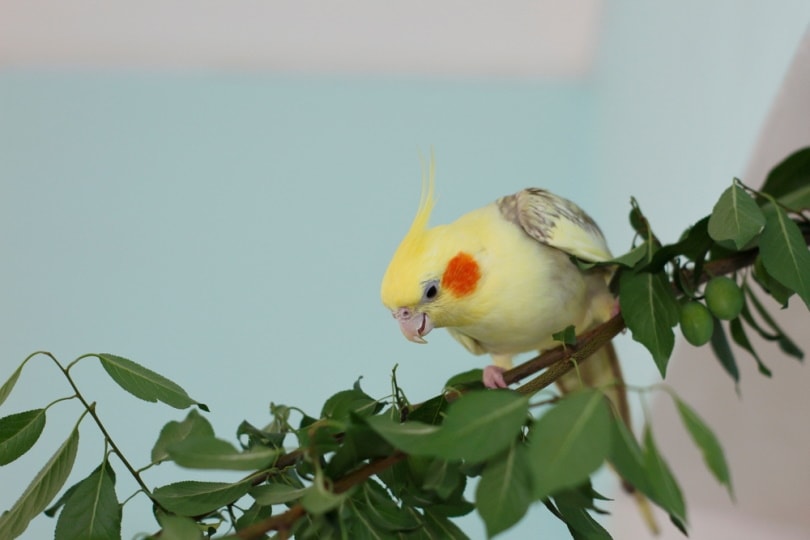
The Evidence of Vocal Communication
Vocal communication also provides compelling evidence of the social nature of birds and cockatiels in particular. Scientists have discovered that birds have large densities of nerve cells or neurons in their brains comparable to primates that contribute to these vocal abilities. It is most evident in parrots and corvids.
The mere fact that birds communicate is evidence of their social structure. After all, one has to share intel with another creature to make it worth doing. Interestingly, birds are the only other animal that can imitate human speech. We’re social and use communication in those settings, so it makes sense to assume birds, including cockatiels, would do the same within their groups.
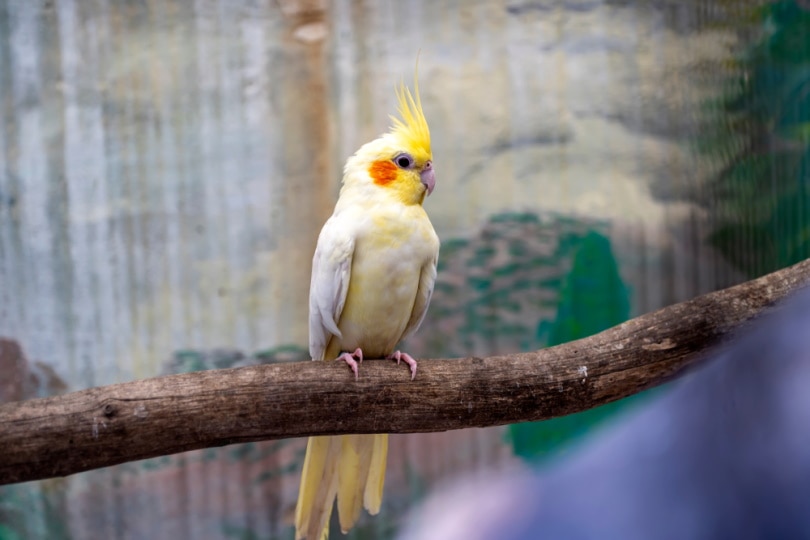
Cockatiel Intelligence
One of the endearing qualities of cockatiels is their ability to entertain themselves. They will play with toys, peck at their reflection in a mirror, whistle, and sing all day long. It’s worth noting that these birds are intelligent. They need the mental stimulation that being a social animal provides. Songs and calls to their cohorts reinforce these bonds.
Bored birds often engage in self-destructive behavior, like feather plucking. Research also suggests that an environment without mental stimulation or enrichment may lead to pessimism in captive birds and a reduction in their learning ability. We can conclude that cockatiels need something more than a cage and all their physical needs are met. They must have something to keep them mentally sharp.
 Final Thoughts
Final Thoughts
Cockatiels are social animals that live in flocks out of necessity against predators and for the bonding opportunities it provides. Mental stimulation is imperative for these intelligent animals. A bird will accept your companionship readily if you have the time to devote to interacting with it. If time is an issue, we recommend getting your cockatiel a friend to pass its days with plenty to do.
Featured Image Credit: Birute Vijeikiene, Shutterstock

